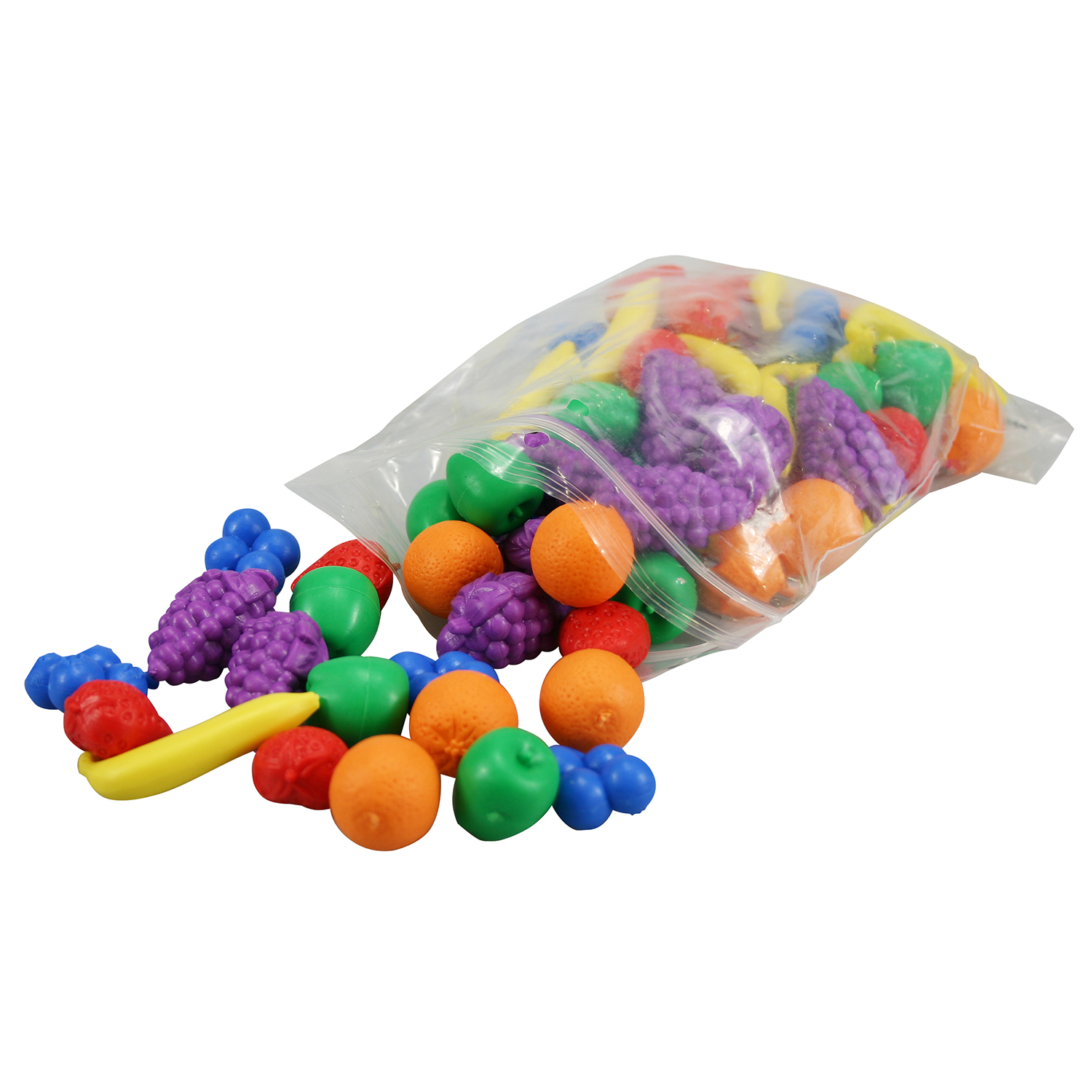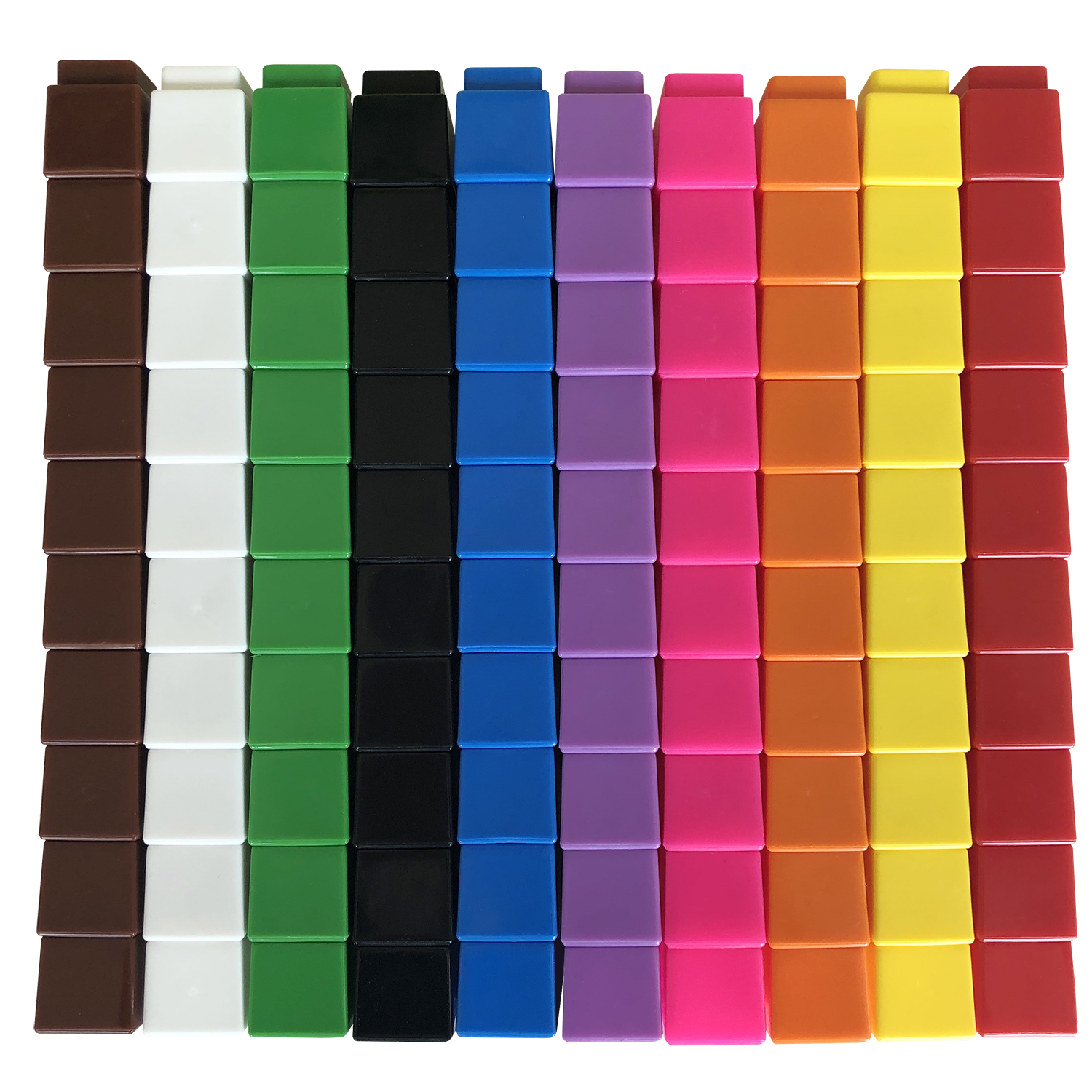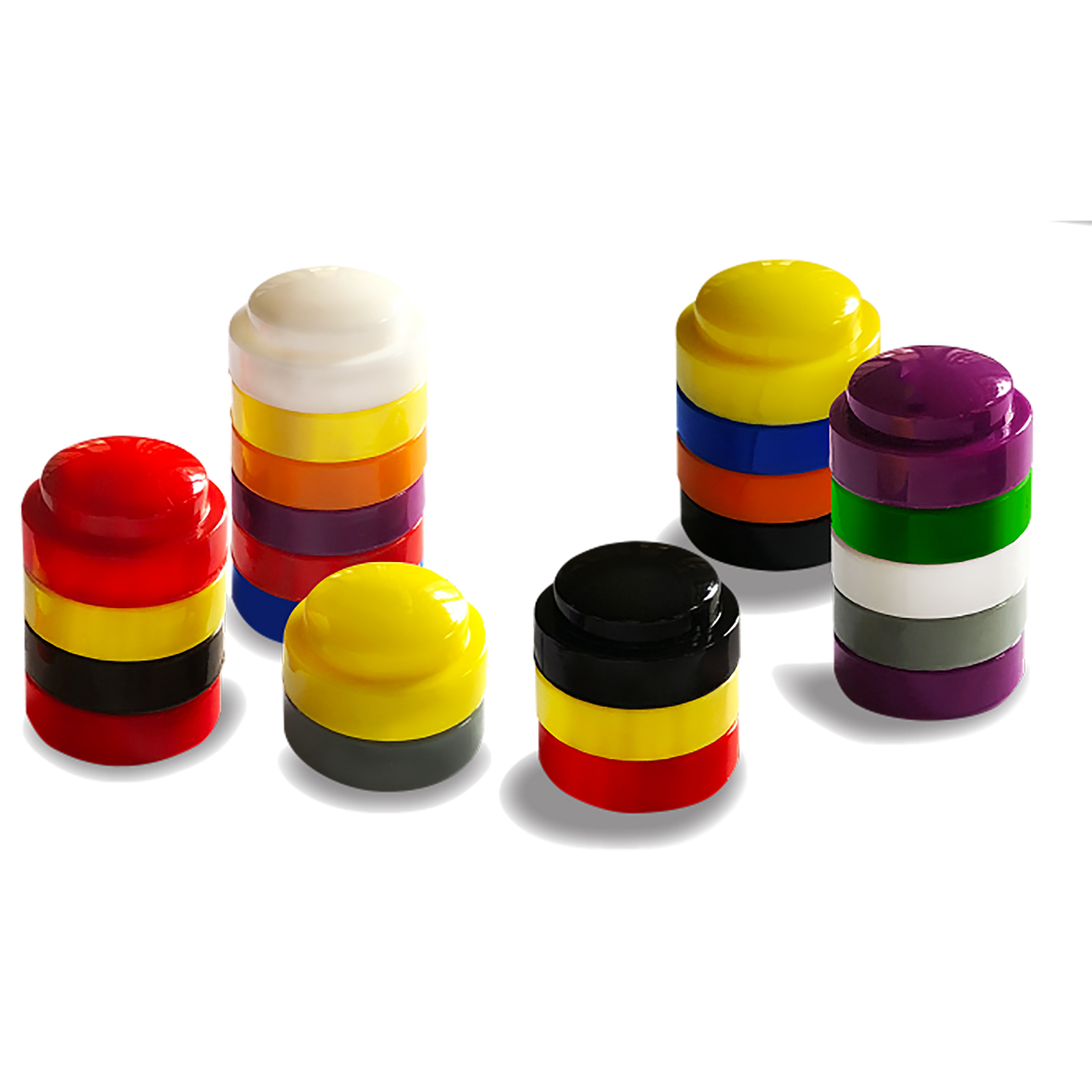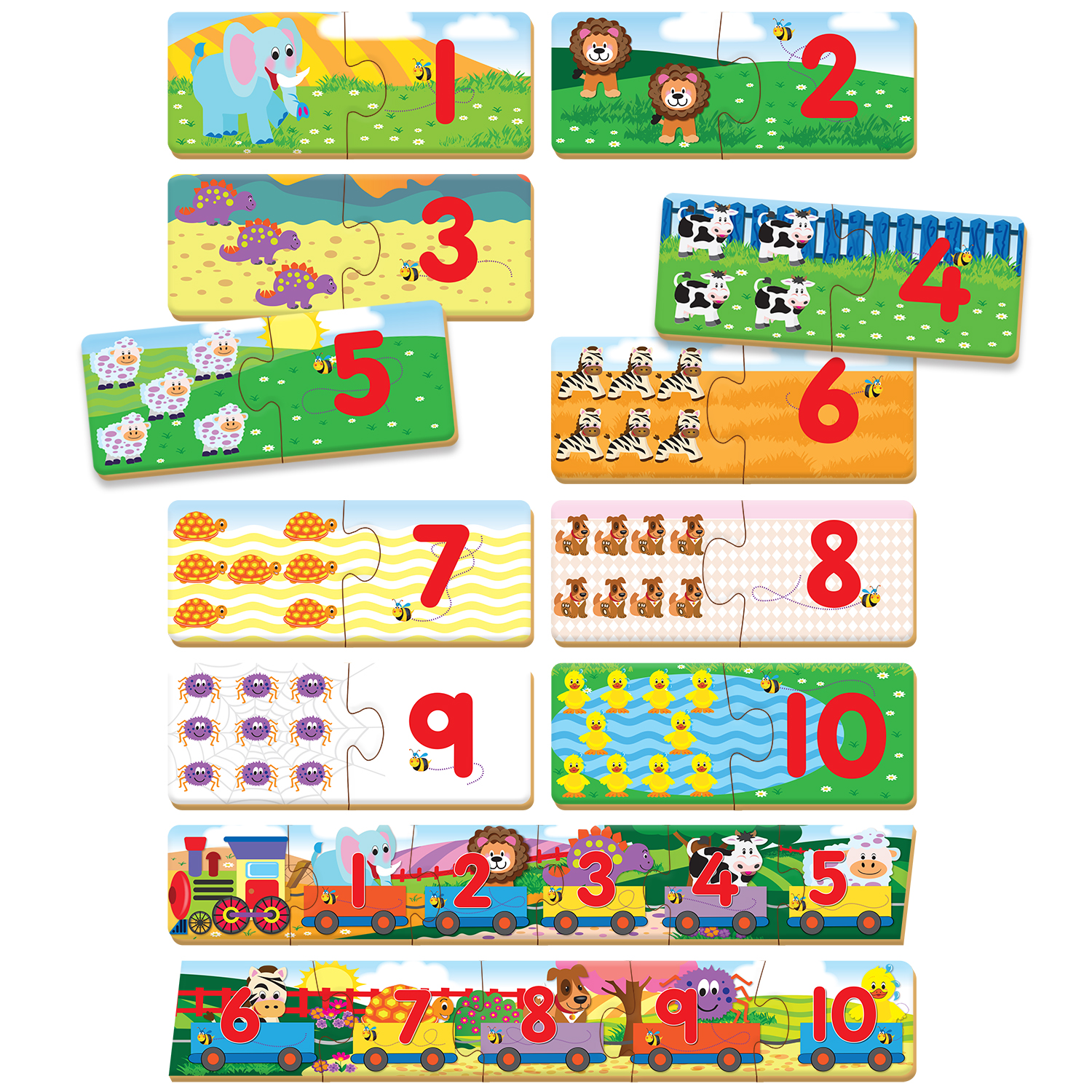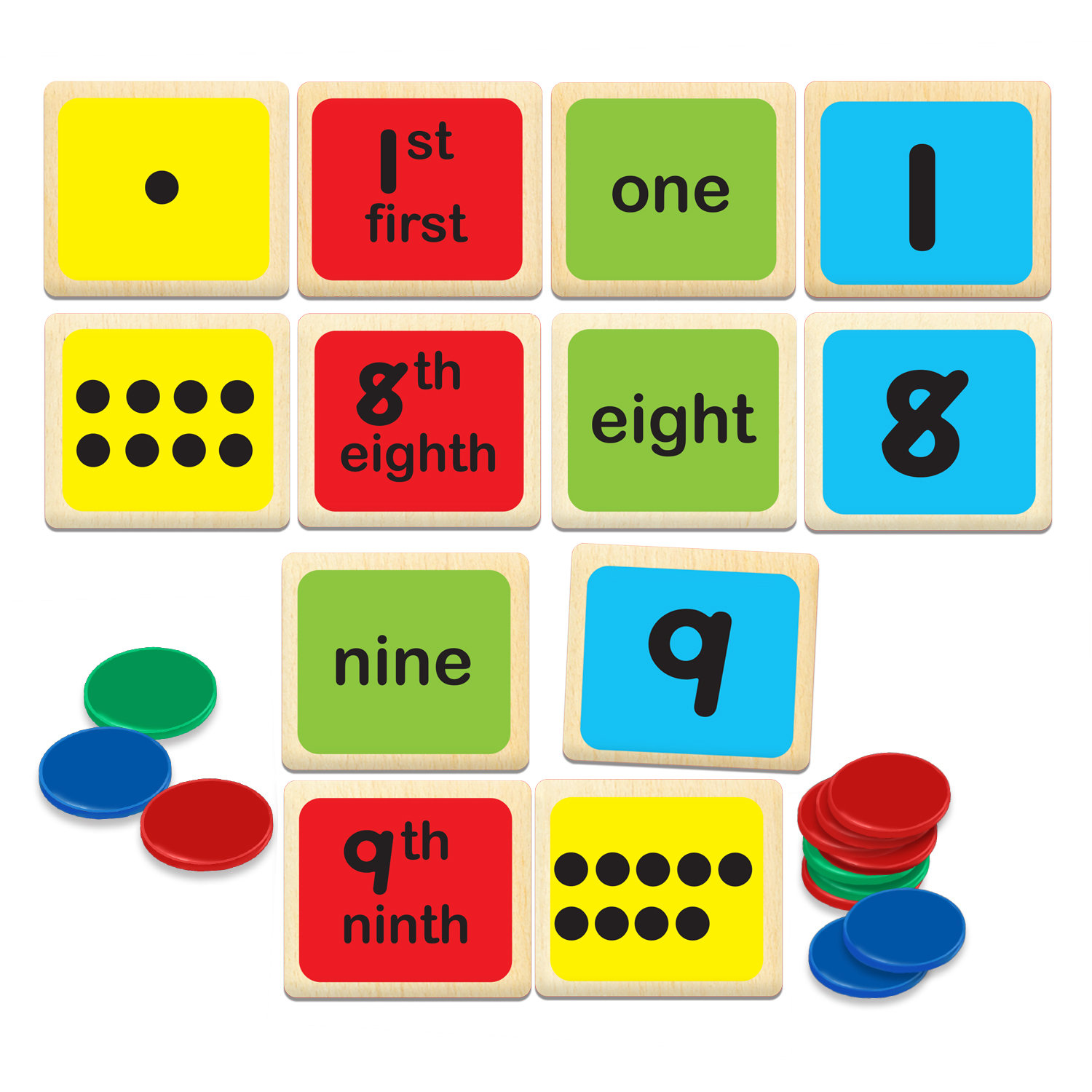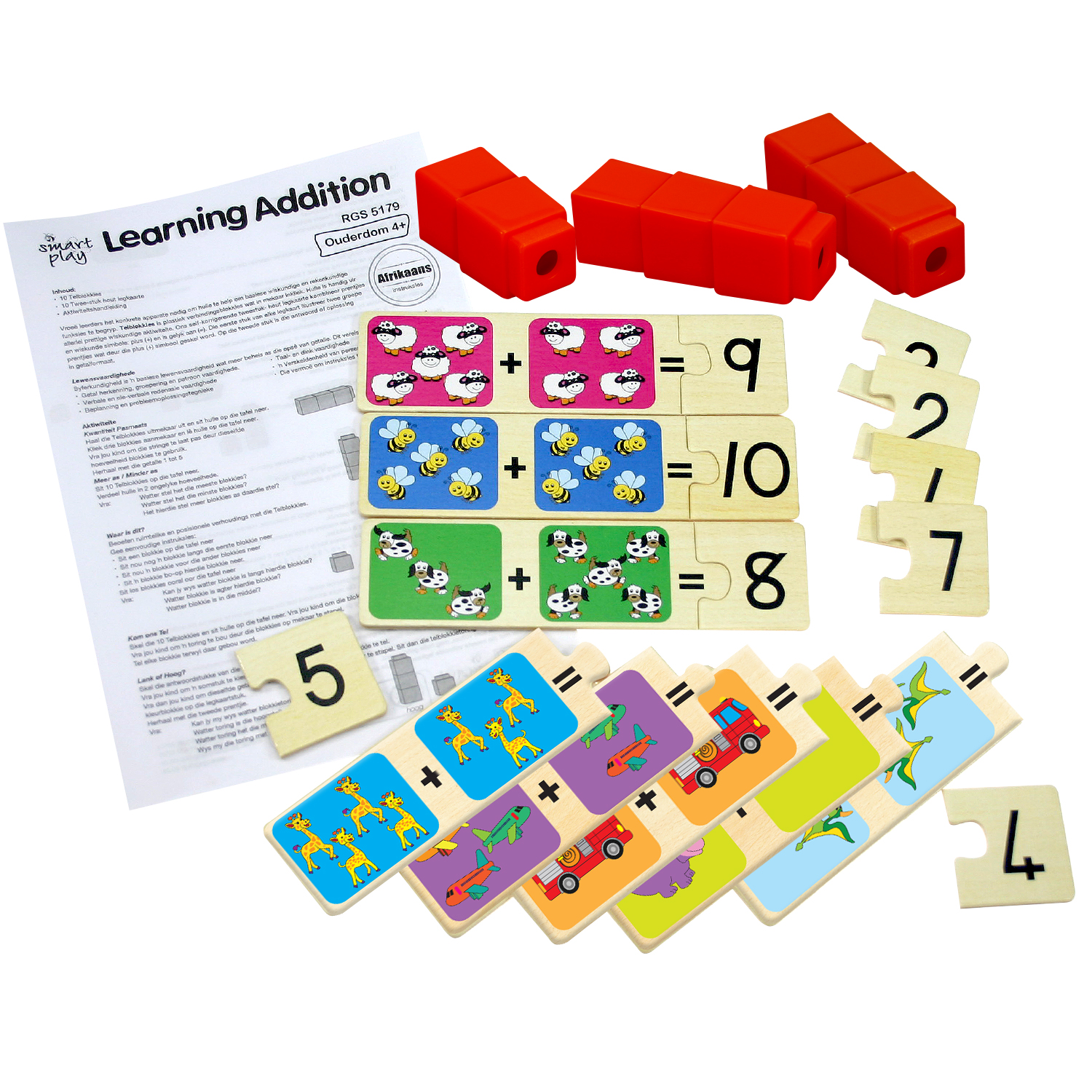Number development comes naturally
Children develop number sense in the most incidental and natural way during their formative years. Each child will develop number skills at their own rate. This will also be influenced by their environment, pre-school attendance and how numbers are brought into everyday situations.
Surrounded by numbers
Number sense is such an easy concept for parents to impart to their children because we are surrounded by numbers everywhere. Think about the opportunities to talk about numbers. In the garden your toddler can pick a daisy and pull off the petals and count them. And in the kitchen you can count the numbers on your wall clock or the fingers found on your forks.

Concrete counting
It is essential in the early stages of counting that children are able to phyically touch and manipulate items being counted with their hands. This assist children in keeping their place while counting, avoids confusion, maintains concentration and focus and stimulates hand-eye coordination.
The other important thing to remember is that young children need to count things that they are familiar with and understand. This provides them with a meaningful counting experience. Examples: sweets, toys, fingers, etc.
Try these fine products
Levels of number development
Number development in children progresses though four levels during early childhood and primary school years. We will only touch on the first two levels below.
Level 1 – Counting All
Your child begins any counting activity at the number ONE and COUNTS ALL numbers when doing simple calculations
- Phase 1 – using actual objects (concrete apparatus) the child is familiar with and understands. Examples: toys, sweets, etc.
- Phase 2 – substituting actual objects with other counting aids. Examples: Counting cubes, Threading beads, Counters, Pattern Blocks – these are called semi-concrete apparatus.
- Phase 3 – apparatus are no longer required. Your child will now use number symbols, number words, etc. This is a phase of abstract thinking where your child can visualise / create a mental picture of the concrete in their head
Tips for parents
- Remember that it is vital for children to have physical knowledge of numbers. Parent play is an important role in providing a srong foundation of experiences for their children on a one-on-one basis.
- Sing number songs like “Six green bottles hanging on the wall” and “There were 5 in the bed” to make connting fun.
- Many children use their fingers as concrete counting tools – this is quite normal.
- If your child gets confused by numbers that sound similar but are in fact very different (ie: 15 and 50), introduce them to ‘teenage’ numbers. You can ask is 15 a teenager or an adult? This way your child learns that numbers ending in ‘teen’ is a teenage number.



